CT’s Unemployment Rate Drop During Past Year Ranks #17 in U.S.
/Between August 2013 and August 2014, Connecticut’s unemployment rate dropped 1.2 percent, ranking the state #17 in the U.S. in the percentage reduction in unemployment during the year-long period. The data, compiled by the U.S. Bureau of Labor Statistics (BLS), indicated that Connecticut’s unemployment rate, seasonally adjusted, dropped from 7.8 percent to 6.6 percent. Connecticut’s top 20 finish among the states outpaced the New England states of Maine, New Hampshire and Vermont, but was slightly behind Rhode Island and Massachusetts, as well as New York and New Jersey.
The largest reductions in unemployment during the 12-month period came in Illinois (2.5 percent decrease), Nevada (2.2 percent), Rhode Island (1.9 percent), Ohio (18 percent) Colorado and Indiana (1.7 perce nt), Michigan and Pennsylvania (1.6 percent). Also faring slightly better than Connecticut in reducing their state unemployment rate over the year were California, Idaho, New Hersey, Arkansas, Massachusetts, Washington, Kentucky and New York. North Carolina was tied with Connecticut.
nt), Michigan and Pennsylvania (1.6 percent). Also faring slightly better than Connecticut in reducing their state unemployment rate over the year were California, Idaho, New Hersey, Arkansas, Massachusetts, Washington, Kentucky and New York. North Carolina was tied with Connecticut.
In 45 states and the District of Columbia, the unemployment rate dropped between August 2013 and August 2014. In three states, the unemployment rate climbed during the year – Alabama, West Virginia and Alaska - and in two states, the rate remained unchanged – Virginia and Wyoming.
Connecticut was also one of 27 states deemed to have "statistically significant" changes in their unemployment rate, according to the federal agency. The BLS data was updated as of September 19, 2014 for the 12-month period, and subsequently made available on the agency's website.
Among Connecticut's neighboring states in the region, according to the data, the unemployment rate as of August 2014 is higher in Rhode Island (7.7 percent), the same as Connecticut in New Jersey (6.6 percent), and lower in New York (6.4 percent), Massachusetts (5.8 percent), Maine (5.6 percent), New Hampshire (4.4 percent) and Vermont (4.1 percent).
The Bureau of Labor Statistics of the U.S. Department of Labor is the principal Federal agency responsible for measuring labor market activity, working conditions, and price changes in the economy. Its mission is to collect, analyze, and disseminate essential economic information to support public and private decision-making. As an independent statistical agency, BLS serves its diverse user communities by providing products and services that are objective, timely, accurate, and relevant, the agency's website explains.


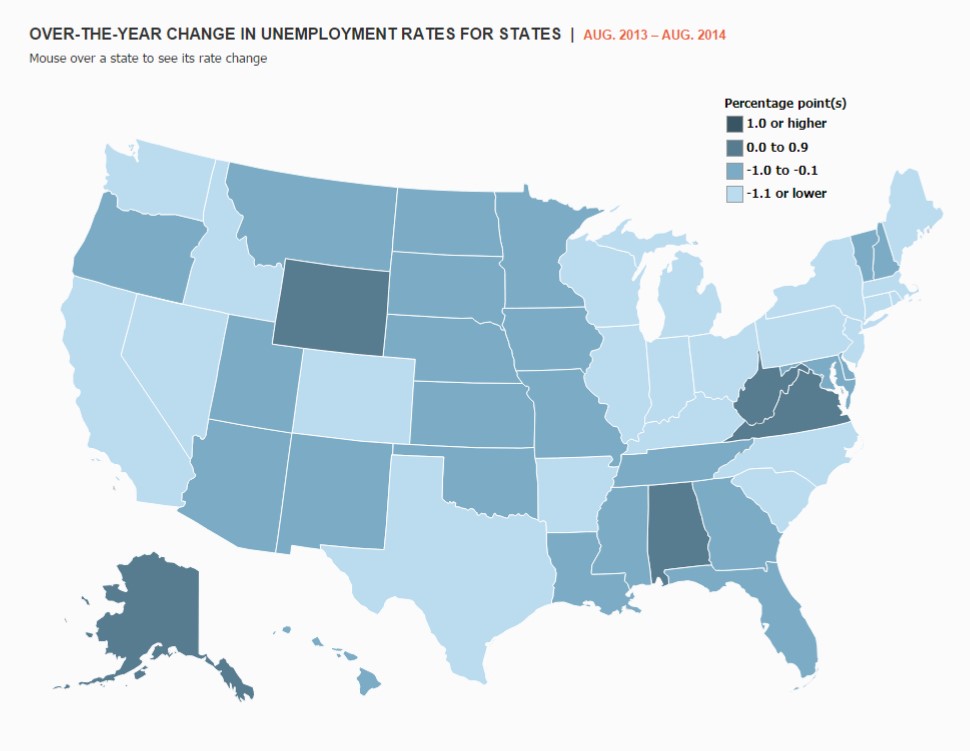


 ber 1, 2013, to March 31, 2014, the federal government was the major funder of in-person assistance, providing over $2.5 million in funding to the program. The reported noted that “This level of funding is no longer available, yet, the need for assistance, both for the upcoming open enrollment period (November 15, 2014, to February 15, 2015) and beyond, is great.” Plans for continuing in-person assistance, offered at store-front facilities, are under consideration according to
ber 1, 2013, to March 31, 2014, the federal government was the major funder of in-person assistance, providing over $2.5 million in funding to the program. The reported noted that “This level of funding is no longer available, yet, the need for assistance, both for the upcoming open enrollment period (November 15, 2014, to February 15, 2015) and beyond, is great.” Plans for continuing in-person assistance, offered at store-front facilities, are under consideration according to The breakdown showed Patriots dominance throughout New England and most of Connecticut – with the exception of Fairfield and New Haven counties, which remain Giants country.
The breakdown showed Patriots dominance throughout New England and most of Connecticut – with the exception of Fairfield and New Haven counties, which remain Giants country.
 That’s just not reflected in the NFL map. The Cowboys come closest, but they’re not “
That’s just not reflected in the NFL map. The Cowboys come closest, but they’re not “

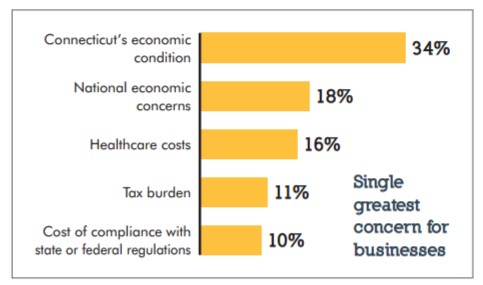 When asked how Connecticut should address the shortage of skilled workers, 32% of businesses surveyed say the state should reduce the cost of living, 28% say the state should support trade schools, 20% say the state should support education overall, and 20% say there should be incentive for training programs.
When asked how Connecticut should address the shortage of skilled workers, 32% of businesses surveyed say the state should reduce the cost of living, 28% say the state should support trade schools, 20% say the state should support education overall, and 20% say there should be incentive for training programs.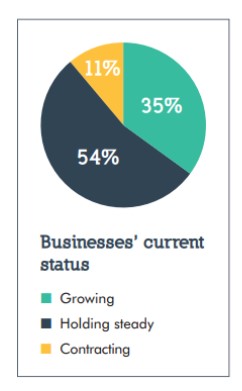








 ervices firm, develops the annual ranking of millionaires per capita by state. The results care culled from their Global Wealth Monitor, a service that tracks affluent and high net worth households.
ervices firm, develops the annual ranking of millionaires per capita by state. The results care culled from their Global Wealth Monitor, a service that tracks affluent and high net worth households. ew York. At the other end of the list, in reverse order from the bottom, were Mississippi, Arkansas, Idaho, West Virginia, Kentucky, and Tennessee – the states with the fewest millionaires per capita.
ew York. At the other end of the list, in reverse order from the bottom, were Mississippi, Arkansas, Idaho, West Virginia, Kentucky, and Tennessee – the states with the fewest millionaires per capita. The “number of students with non-English home language” according to data on the website of the
The “number of students with non-English home language” according to data on the website of the 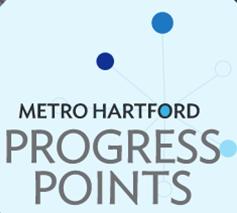
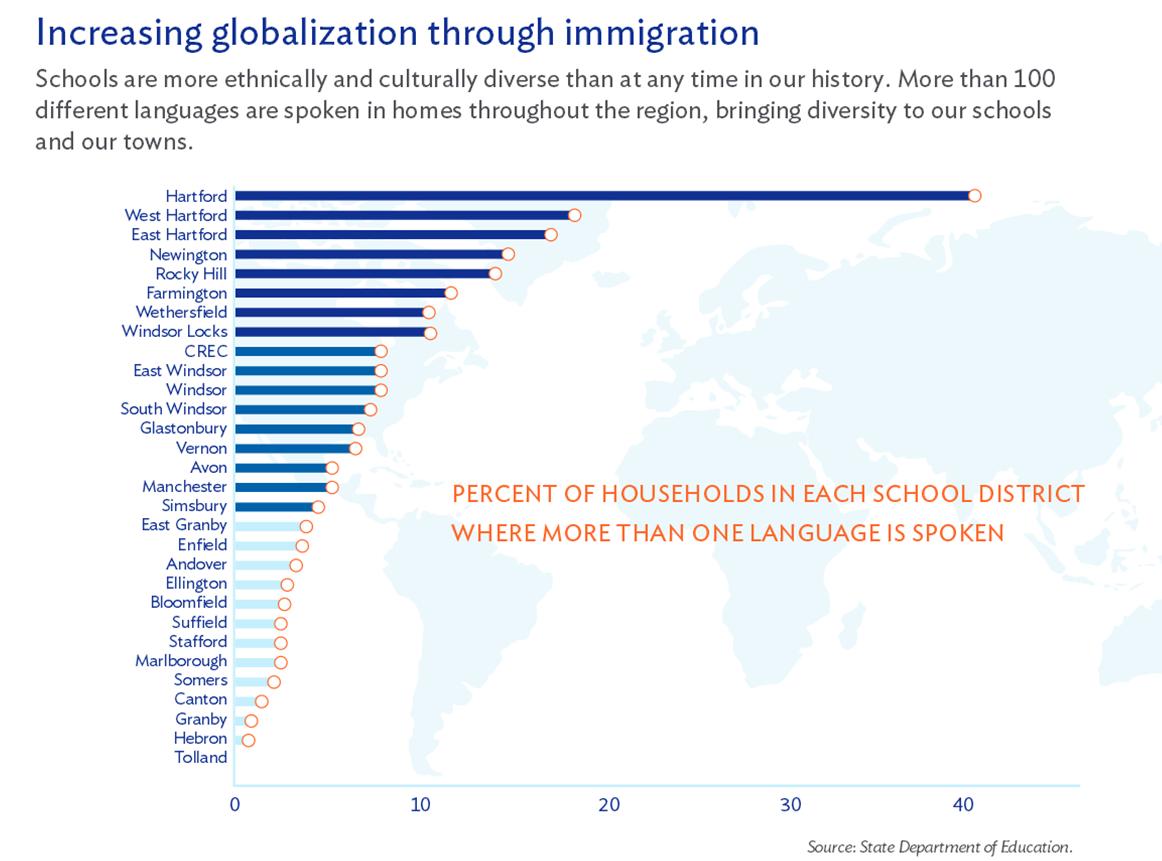 tudents.
tudents. dy make important contributions to Connecticut’s economy. For example, Connecticut’s labor force is 16.7% foreign-born.
dy make important contributions to Connecticut’s economy. For example, Connecticut’s labor force is 16.7% foreign-born.

























